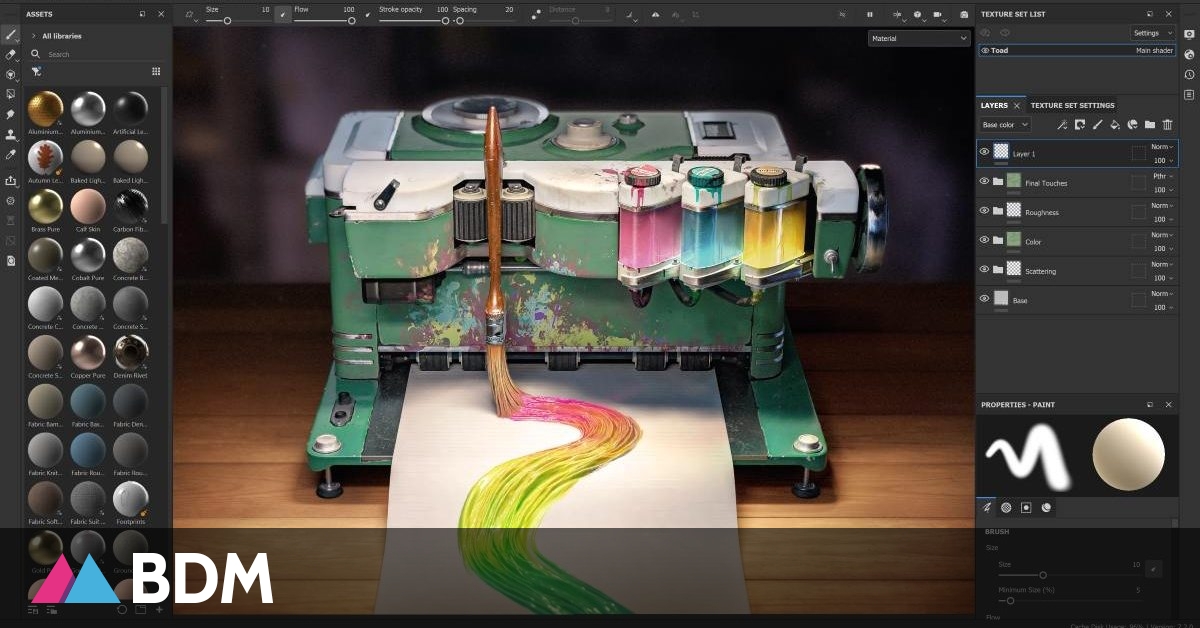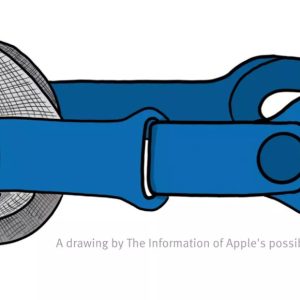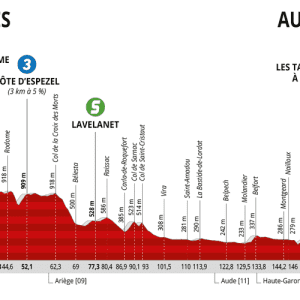Discover the tools of the new Adobe Substance 3D suite, which allow you to advance the modeling of objects, materials, and textures.
With the global pandemic and various restrictions that have complicated the implementation of creative projects, Adobe wanted to accelerate the development of its presentation around 3D technologies. Thus, the company has just launched a new collection called 3D Material Set, which provides users with all the tools needed to create 3D projects. This suite is based on Adobe’s Substance ecosystem, the 3D service that has already been used to create video games and movies in particular.
3D fueled our imaginations, but we never imagined using them ourselves, Scott Belsky, chief product officer of Adobe, said.
Each tool in the Substance 3D Collection meets a specific need:
The goal of Substance 3D is to provide tools that are easy to learn, while also providing state-of-the-art services, particularly through the use of artificial intelligence.
3D Stager material
Substance 3D Stager is Adobe’s new tool that lets you stitch different elements together to create a realistic 3D scene. This provides the possibility to create basic forms by adding available shapes from the program (basic shapes but also models from everyday objects such as a table, sofa, computer, case, etc.), or by importing models from other applications.
In addition, it is possible to customize these objects, by changing their size and width, by moving them in space or by adding textures (wood, canvas, bricks, etc.) and effects.
You can also add cameras to your project to record different shots at the angles you want, and then add effects like background blur.
Finally, Substance 3D Stager provides real-time or file preview ray tracing (Artificial images) for your project. You have the option to export your work in PSD format to continue editing, or in a format that supports augmented reality. Adobe will also allow you to share your project online to make it accessible to other collaborators.
3D Material Painter
Substance 3D Painter allows you to add detailed and fully customizable textures and textures to a 3D object, for a realistic rendering. To do this, the program offers a set of advanced technologies and tools. It is possible to add effects manually, use the automatic generator suggested by Painter, or combine the two methods to make as close as possible to your expectations.
Thus, you can adjust the color balance, add blurry areas or modify the contrast of your 3D objects, using UV Maps (which allows you to project a 2D image onto your surfaces to add color. texture). Paint is also able to automatically generate UV rays for your bodies.
As with Photoshop, Substance 3D Painter works with layers, masks, and grids, making it easy for you to get started and build your project.
3D Sampler
Substance 3D Sampler is based on Substance Alchemist, an Adobe tool for editing or creating textures from images and scans. 3D Sampler allows you to go further: after importing a material, you can modify it by adjusting its light, radius or by reconstructing different details, using technology based on artificial intelligence. It is also possible to combine two different materials to create a mixed version.
It is then possible to convert your elements to .sbsar and .sbs format for reuse in another project, or in JPEG, PNG or TIFF format.
3D Material Designer
The Adobe Substance 3D suite is able to render and manage a variety of textures and materials for your 3D projects. At the same time, 3D Designer allows you to create your materials from scratch, using your own filters, effects and brushes, using the NodeGraph system. The tool allows you to create a virtual network that collects blocks and builds your finished materials.
Textures and materials created with 3D Designer can be reused and modified in all tools of the Adobe suite.
Note: These various tools are accompanied by a large database that combines a range of models, tissue packages, and lighting systems to help you develop your projects.
Adobe is already planning improvements to its 3D renderings, with the arrival of an experimental new tool called Substance 3D Modeler. This will allow you to create your own 3D objects, using a virtual reality interface to be able to interact with the object.
Receive all digital news by email

“Certified gamer. Problem solver. Internet enthusiast. Twitter scholar. Infuriatingly humble alcohol geek. Tv guru.”





